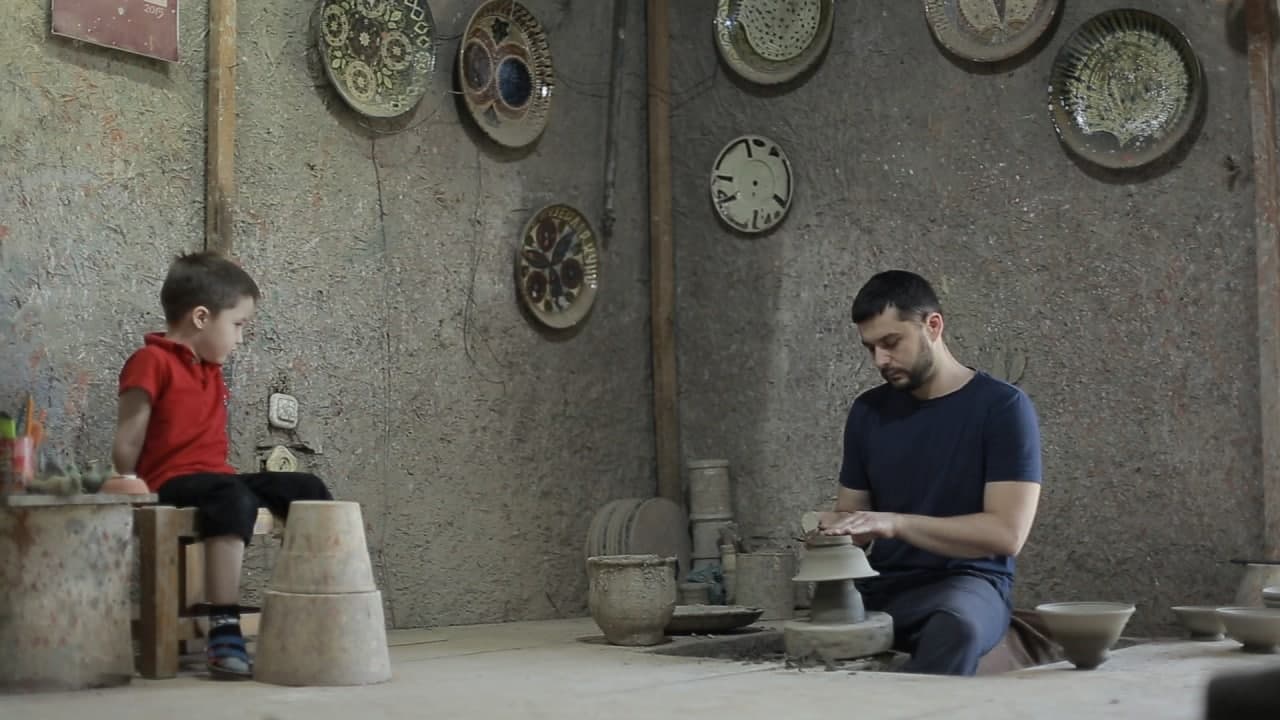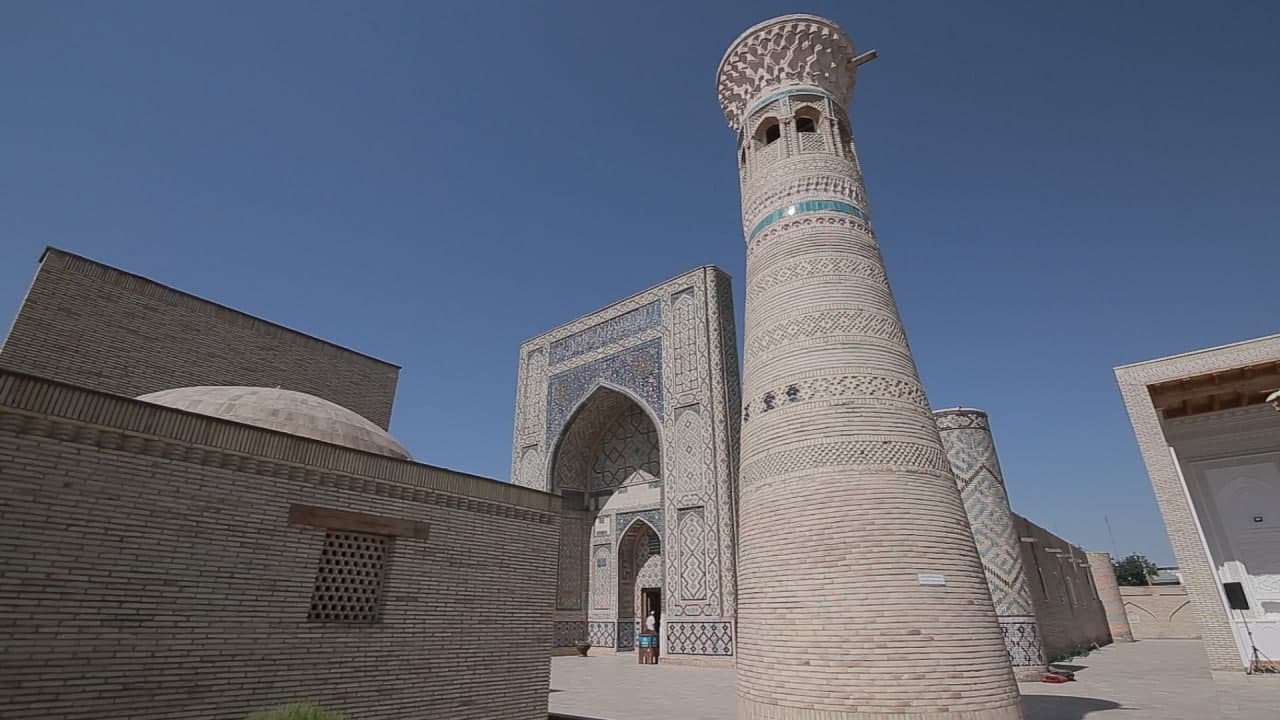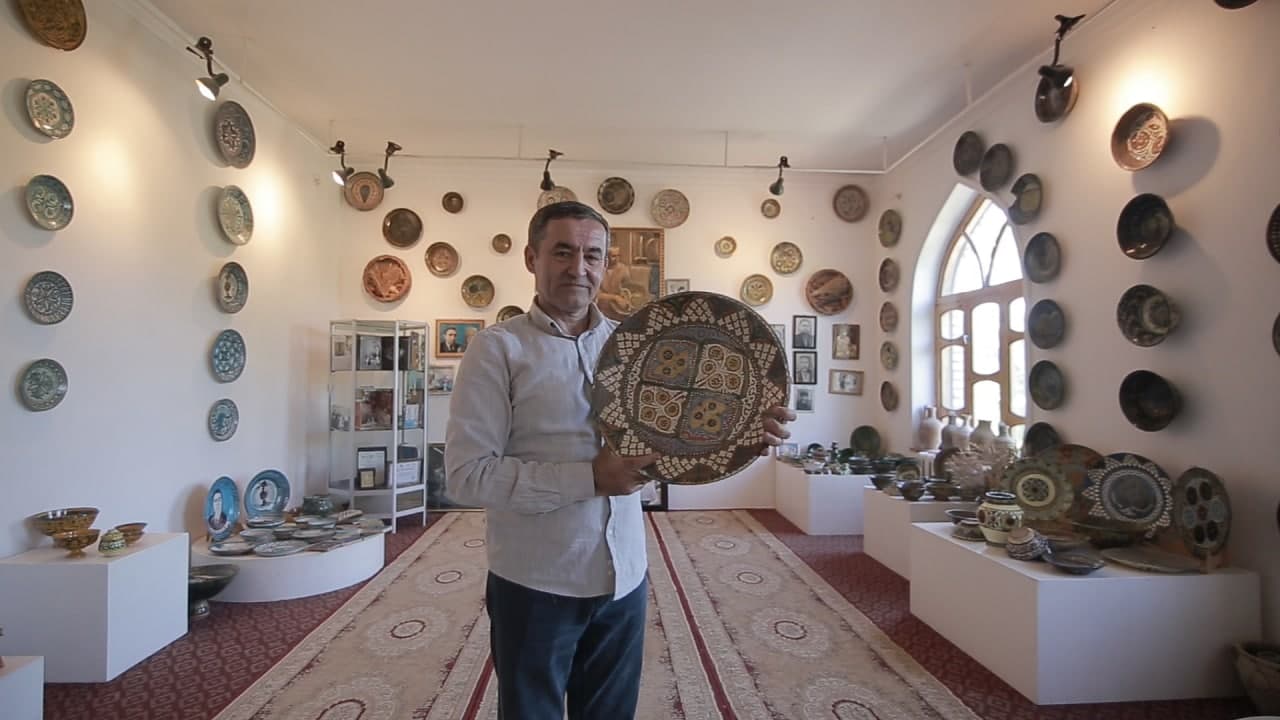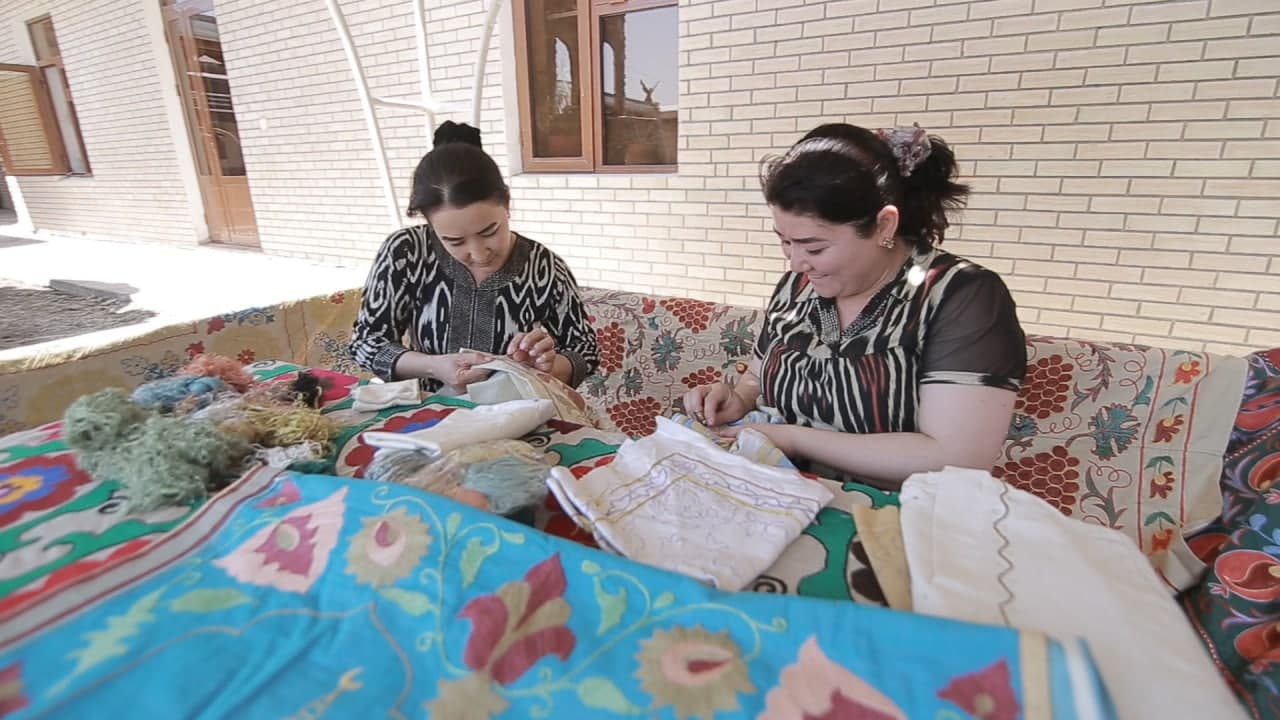Gijduvan district has a rich and ancient history. The territory of this area was settled several centuries ago before the arrival of Arab tribes in these lands. At one time, the area was part of the Samanid state. In the Middle Ages, the cities of Gijduvan and Tavavis were formed on this territory. For a long time, the two settlements vied with each other for the right to be called the best city, but over time, Tavavis lost its influence, and Gijduvan, in turn, turned into an urban center.
In written sources, Gijduvan began to be mentioned since the X century. At that time, the city had great influence and was one of the leading shopping centers. The famous representative of Sufism, spiritual mentor Abdulkhalik Gijduvani, brought special fame to Gijduvan. Murshid is the tenth spiritual link in the golden chain of succession of the sheikhs of the Naqshbandi tariqa. He lived during the Karakhanid dynasty, received spiritual initiation from Yusuf Hamadani, and advanced the eleven principles of the tariqa.
In the XVI century, with the arrival of the Sheibanid dynasty, the city turned into a powerful fortress, which served as a place of defense. In 1512, there was a powerful battle in the war of the Shaibanids of Transoxiana on the one hand and a contingent from the Kyzylbash Safavid state on the other. This battle was called the "Battle of Gijdavan". During the time of the Emirate of Bukhara, Gijduvan continued to be a trading city. Local artisans won the hearts of customers with their outlandish products.
Since ancient times, the Gijduvan district has been famous for handicraft centers and products of folk and applied art. Merchants from Asia and Europe came here to buy beautiful ceramics, gold embroidery and silk carpets. To this day, artisan centers flourish in the area, where skilled craftsmen demonstrate their unusual products.

Traveling through the Gijduvan district, you can get acquainted with ancient traditions and customs, see unique technologies for the production of souvenirs, ceramics, clothing, silk and yarn products, dolls, flower arrangements, sweets The very process of production captures its antiquity, originality, because, as a rule, the skill of manufacturing passed from generation to generation and carefully preserved for centuries.
Abdul-Khaliq Gijduvany Memorial Complex
Bukhara is the birthplace of the seven great Sufis of the Naqshbandi Brotherhood. Great representatives of Sufism lived here, led religious and social life, who contributed to the formation and prosperity of the blessed Bukhara, the education of spirituality, and the raising of the emotional spirit. There are preserved feasts-Muslim shrines, burial places of Sufi saints.
Most of the pilgrims of Bukhara begin their journey with a blessed visit to the mausoleum of Khoja Abdalkhalik al Gijduvani-the spiritual mentor who paved the path of the Naqshbandi teachings. Abdalkhalik Al Gijduvani is connected by the spiritual links of the tenth generation of the prophet. The aiwan of the mausoleum with ten columns and buttresses is a symbol of the mentioned dynasty.

In the time of Khoja Abdulkhalik al Gijduvani, the mausoleum was a chillahona, where people came to pray during the forty-day sweltering heat. The holy place of supplication then becomes a cherished place of worship.
In the recent past, the shrine was abandoned. In order for the mausoleum to acquire today's exemplary appearance, it was necessary to survive several generations. Now the mausoleum of Abdalkhalik al Gijduvani, as part of the ancient East, shows the connection of the earth and the sky.
Gijduvan Craft Centers
Special attention should be paid to the original and spectacular Gijduvan ceramics, which differ in ornaments and color palette. Ceramics are distinguished by polychromy, yellow-green color scheme, floral and geometric patterns. Ibodullo Narzullayev, a hereditary ceramist in the fifth generation, is considered the founding father of Gijduvan ceramics. He founded his home workshop and opened a museum of ceramics. Anyone can visit the museum and workshop. Visitors will be able to see the production process and purchase a souvenir for themselves.

Gijduvan is also famous for its signature kashtachilik embroidery. Masters of this craft create spectacular panels and products made of silk threads. The entire process of creating products from dyeing silk threads and spinning linen, to the painstaking work of drawing is created exclusively by hand, using traditions and secrets of craftsmanship that have developed over the centuries. In the centers of handicrafts and home workshops, you can see the magnificent products of Gijduvan embroidery.

The shrine of " Khoja Porso»
Since the 15th century, the Naqshband's teachings have become the most widespread spiritual brotherhood, and this is also due to Khoja Muhammad Porso. After the death of Bahauddin Naqshband, he was succeeded by Khoja Muhammad Porso. He played a major role in consolidating the order, expanding its influence and strengthening its organizational structure, and took decisive steps towards its worldwide success. Muhammad Parsa left behind valuable manuscripts in which he touches on all the main categories of spiritual education of a person, encourages people to honest and socially useful work. Muhammad Khoja Porso was able to link the Hajagan with the works of the great Sufi sheikhs of the pre-Mongol period, especially of the Khorasan school, which his predecessors, who claimed to do so, had failed to do earlier.
Khoja Muhammad Porso is a great scholar and theologian, the author of numerous scientific and theological works. Currently, his works are stored all over the world, including in Tashkent, Bukhara and other cities of the country. He is the author of 10 volumes of commentaries, seven houses are known today, in which explanations of words, phrases, and Sufi terms are given. His works are devoted to the history and issues of at-tasawwuf (Sufism), scientific settlement, and the peculiar features of the tariqa (the method of mystical knowledge of the world).
On the initiative of Haji Porso Just was built the architectural complex of the same name, consisting of a mosque, madrasah, mausoleum, where his mother and relatives are buried. In addition, he built a bazaar, a bathhouse, and a library in Bukhara, which were also named after him and revered by the residents.
Comment